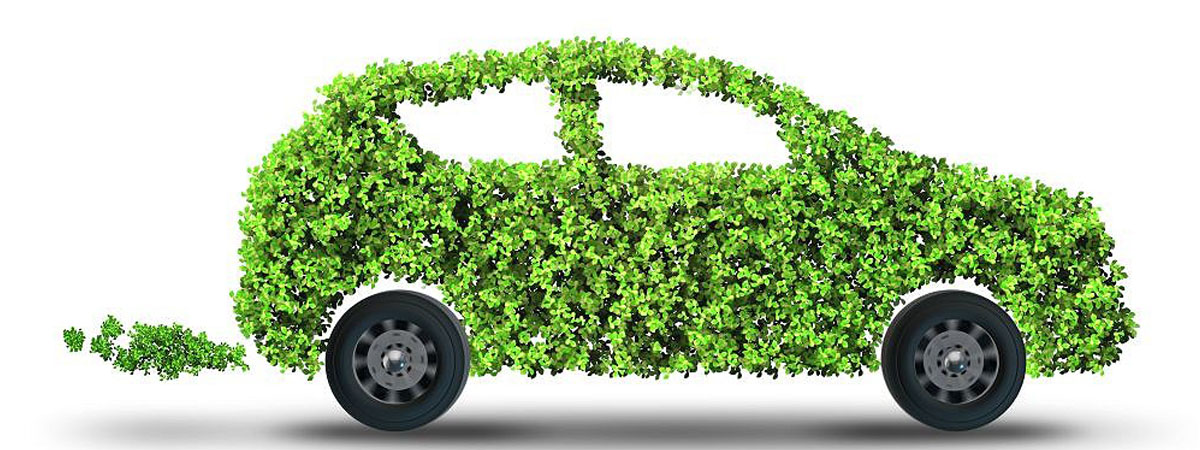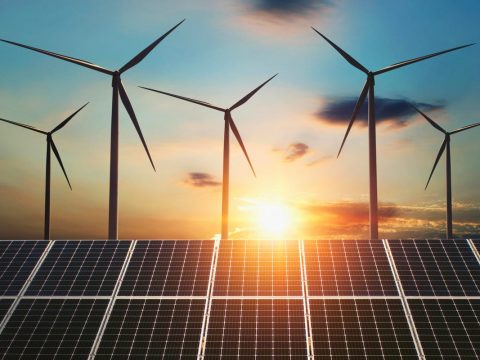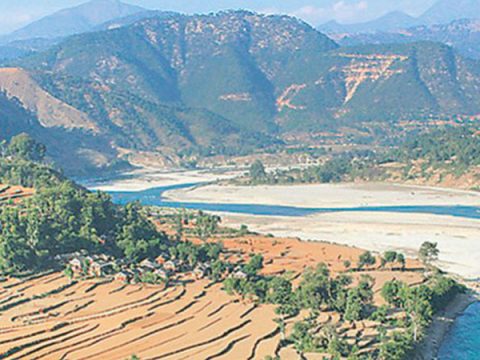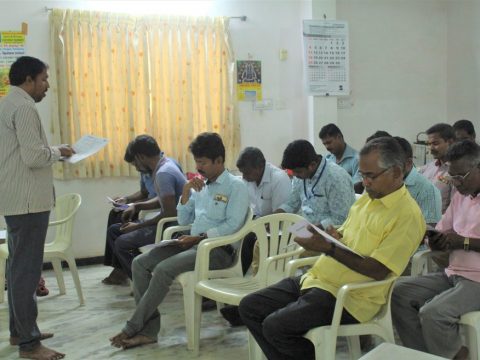Emerging distributed energy resources (DERs)—such as solar photovoltaics (PV), battery energy storage systems (BESS), and electric vehicles (EVs)—are expected to increase substantially in India in the coming years following policy-driven targets of the Government of India to modernize its electricity system, reduce greenhouse gas emissions, and improve air quality. However, the impact of this rapid growth of DERs on the electric grid must be understood and quantified to support informed planning and ensure reliable grid operation.
If not properly integrated, these emerging technologies could create serious challenges for distribution utilities as well as the power system infrastructure. Distribution utilities may have to grapple with overhauls in planning and operational practices, and power system infrastructure could be put at risk of experiencing more frequent system operational violations (e.g., network voltage bounds and loading thresholds). The impacts on the localized power distribution grid from these emerging technologies could result in increased infrastructure investments and unpredictable shifts in demand patterns. Currently, these impacts are not yet well understood and analytic solutions are not readily available.
To address these challenges, the National Renewable Energy Laboratory (NREL), in collaboration with BSES Rajdhani Power Ltd. (BRPL), developed an analysis framework using state-of-the-art modeling techniques to anticipate the potential impacts on distribution systems in an evolving energy sector. This framework helps analyze the readiness of the power distribution network to accommodate emerging technologies and the potential opportunities they might introduce. The report presents initial findings of the research collaboration between NREL and BRPL and addresses key research questions about the integration of these emerging technologies onto BRPL’s distribution grid. The objective is to build a framework for analyzing the economic and technical benefits and challenges of the integration of EVs and BESS and to help optimize infrastructure development costs for BRPL.
“Ultimately, the outcomes from this report and the potential outcomes from the future use of this framework by utilities will provide policymakers and regulators with data-driven guidance on the impacts of their decisions,” remarked Michael Satin, former Director of Clean Energy and Environment Office of USAID/India, in the report’s foreword. This analysis was conducted under Greening the Grid, an initiative co-led by the Government of India’s Ministry of Power and the United States Agency for International Development, and was jointly produced by NREL and The Power System Operation Corporation Limited (POSOCO).
Coupled with this framework is a white paper produced in collaboration with the Greening the Grid-Renewable Integration and Sustainable Energy (GTG-RISE) team that focuses on key considerations and international best practices for laying out EV charging infrastructure. Jointly, these two reports will better inform India’s distribution utilities on how to properly support clean energy technologies on their grid systems.
The United States Agency for International Development (USAID) has a long and fruitful partnership with the Ministry of Power (MOP), Government of India (GOI) through several bilateral initiatives to modernize the energy sector. Both studies were supported by funding from USAID/India with collaboration with the U.S. Department of Energy (DOE) national laboratories to aid capacity building as well enable research outcomes that will be used by Indian institutions and the global energy community to better prepare for a rapidly changing energy sector.




